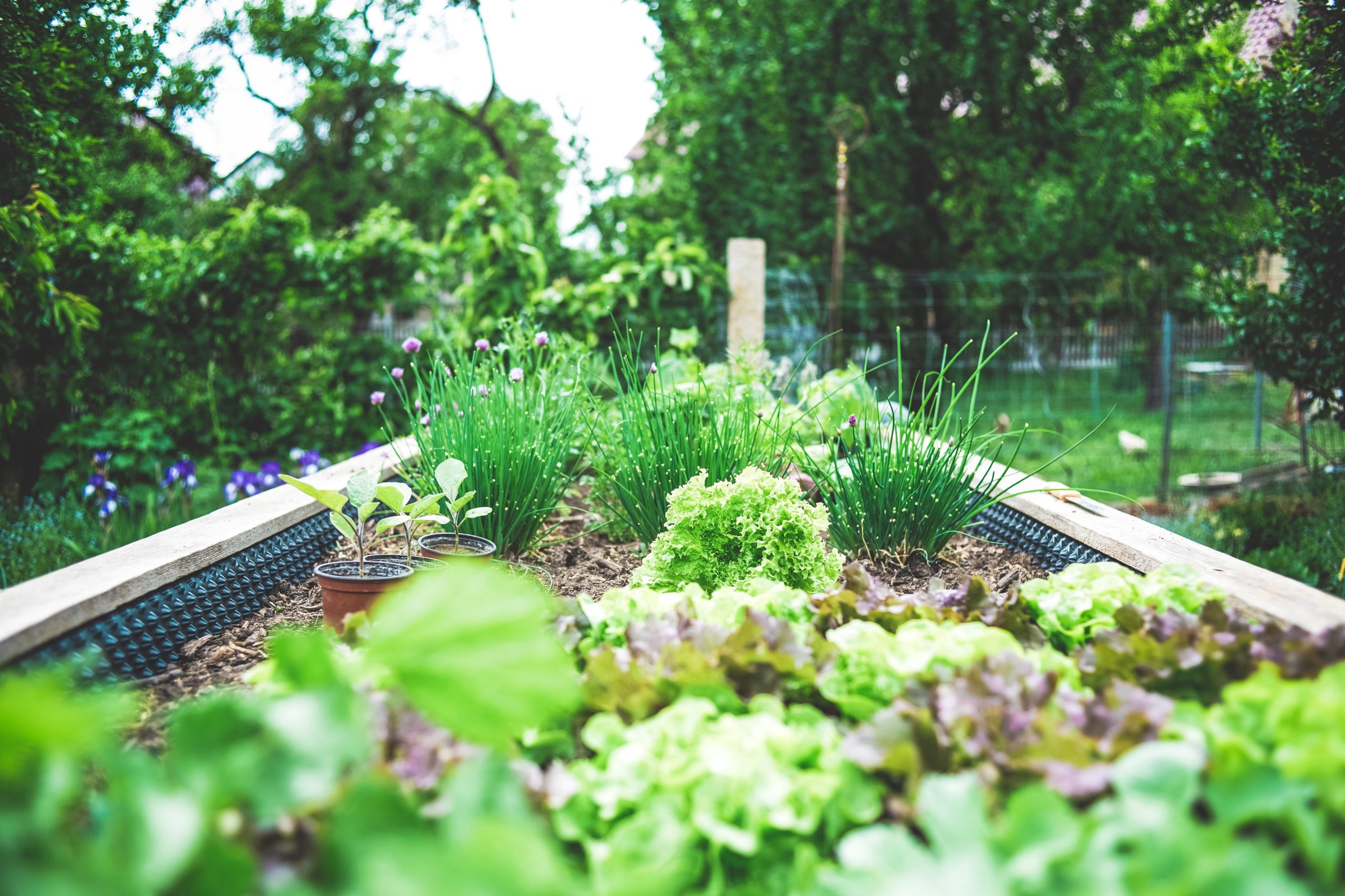You are finished growing your garden veggies for the year… that means you can kick up your feet and relax a bit, huh?
Well, you’re not quite done yet.
Because, yep, garden prep for next spring begins now!
What steps should you take to make sure your soil is ready for next year? Whether you have a raised bed, in-ground garden, or are planning for your very first garden, these are 3 ways to prep your soil for next year’s spring planting.
First-time gardeners:
If you are planning to plant your first garden next spring, you’ll want to test your soil before planting. This allows you to see what nutrients (or lack thereof) are already in your soil. From there, you can make amendments to your soil to make it plant-ready come spring.
At Stoney Creek Farm, we do a soil test every spring in early April after we have tilled the cover crop of clover back into the soil. The clover is sown in the fall and then overwinters, providing nitrogen back into the ground in the process. If you have never done a soil test before, we recommend doing one in the fall, so you can evaluate any amendments needed in order to prep for spring planting.
Testing your soil is quite simple and can be done through your local Ag Extension. You can get your soil test boxes from your local Ag Extension office. You’ll then send your packaged sample back to your local Ag Extension for analysis. In return, you’ll receive a report on your current soil conditions and recommendations for soil amendment. Yep, it’s that simple!
RELATED READING:
For in-ground gardens:
If you are an in-ground gardener, leaving your soil dormant over winter does your spring garden no favors—it puts the soil at risk for erosion from winter rains, topsoil loss from high winds, and nutrient-deficiencies.
This is where cover crops come in to save the day. Also called “green manure,” these crops add wonderful nutrients back into the soil. Additionally, cover crops can help keep weeds in check. We love that!
And you don’t have to be a multi-acre farmer to benefit from cover crops, either!
Here at the farm, we use Crimson Clover as a cover crop over the winter. During the fall season, we plant this over the entirety of our garden. Then, before the flowers come up in the springtime, we till the plants back into the soil, adding in great nutrient-rich organic matter.
RELATED READING:
For raised beds:
For raised beds, you won’t worry about planting cover crop. Amending your soil might be as easy as adding a good manure compost or working in a lasagna garden over the winter.
Not sure what a lasagna garden is?
A lasagna garden, also known as sheet mulching, is a method of creating a garden that mimics the decomposition of natural soil without actually digging into the soil itself.
The three layers consist of:
- Cardboard and/or newspaper
- Water-absorbent materials like straw, mulch, and coffee grounds
- Nutrient rich organic material like compost or grass clippings
RELATED READING:
Bonus: Take time to make repairs.
While you’re working to amend your soil, now is a good time to make any repairs to your raised bed.
Tools & materials you’ll need for this project:
- Shovel
- Rake
- Hammer
- Nails
- Angle Brackets
- Lumber for frames
- Drill
- Screws
View our video below for how to make easy repairs to your raised garden.


